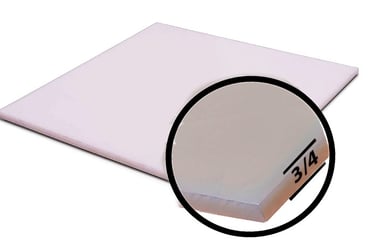

The Dosing Unit
The function of the dosing unit is to provide safe, consistent, and precise doses of chlorine disinfectant into the water. As the siphon raises and lowers the water level, a dose of disinfectant is pumped into the water. The dose quantity can be calibrated by sliding a magnet which adjusts a plunger.
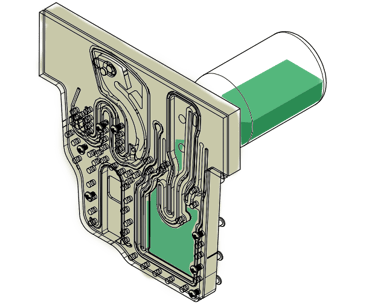

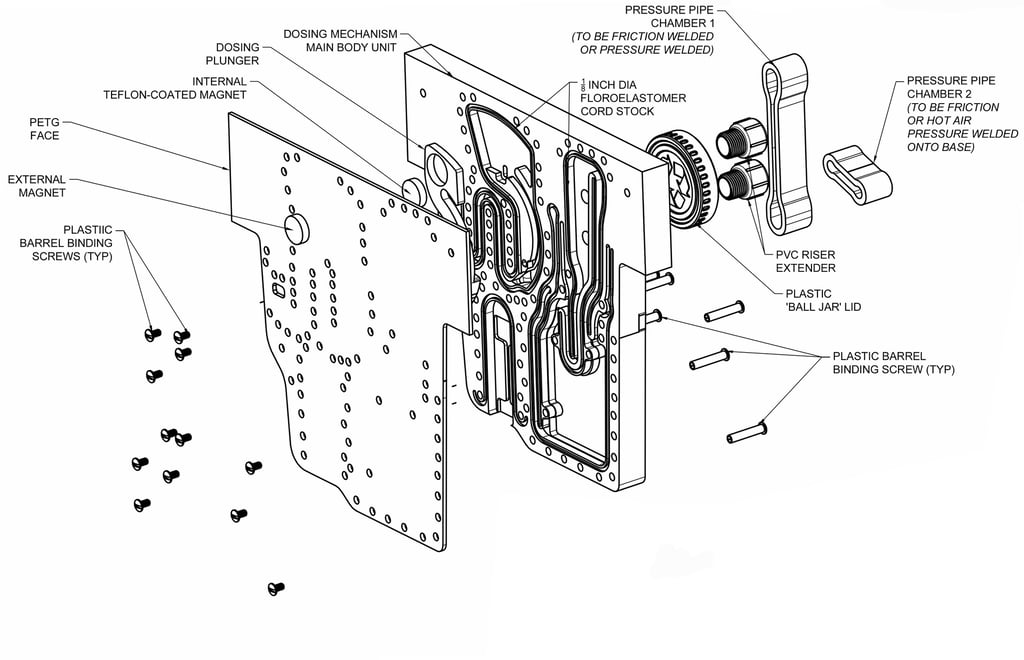

Dosing Unit Basic Assembly
The dosing mechanism consistently and accurately doses the water with a safe level of chlorine treatment.
This unit requires use of a small table top CNC machine and a number of materials accessible from manufacturing suppliers. These include a piece of polypropylene plastic, a sheet of PETG plastic, Fluoroelastomer (Viton) cord stock, and plastic barrel binding screws.
Plastic welding is also required. This can be done with a friction welder or with a hand-held air welder and a bit of pressure.
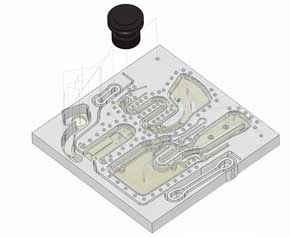
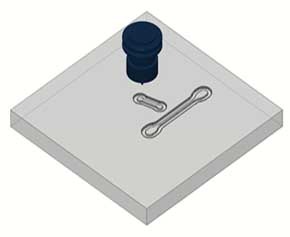
Using a table top CnC machine, cut the front and back of a piece of polypropylene plastic using the provided g-code or 3D model.
Dosing Unit Manufacturing Process
Using a a rotary tool or "Dremel" with a cutting bit/tool, cut the remaining tabs. In doing so, remove the plunger and two channel pieces.


Using ultrasonic friction-weld or air weld with pressure the 'pipes' to the back of the cut stock in the slots V-shape pre-cut slots.
By pouring isopropyl alcohol into the holes, check for leaks.
(Do not use water as it won't truly test for an air-tight seal.)
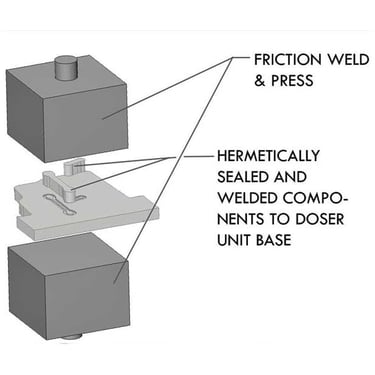
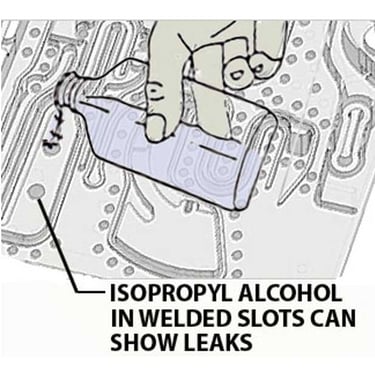

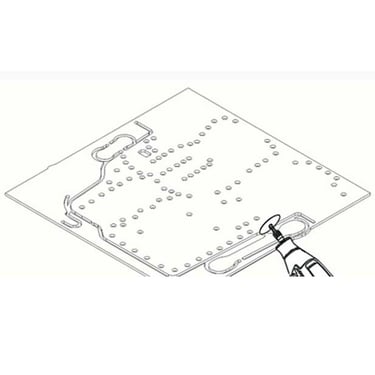
Using a tabletop CNC, cut the 1/4-inch thick PETG.
MATERIAL LIST
Polypropolene Sheet Stock
Material
Material
